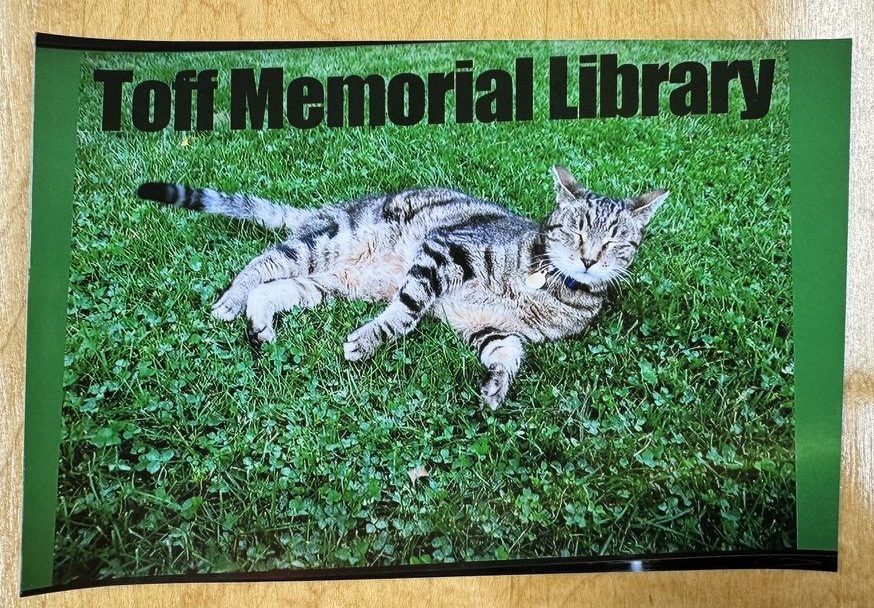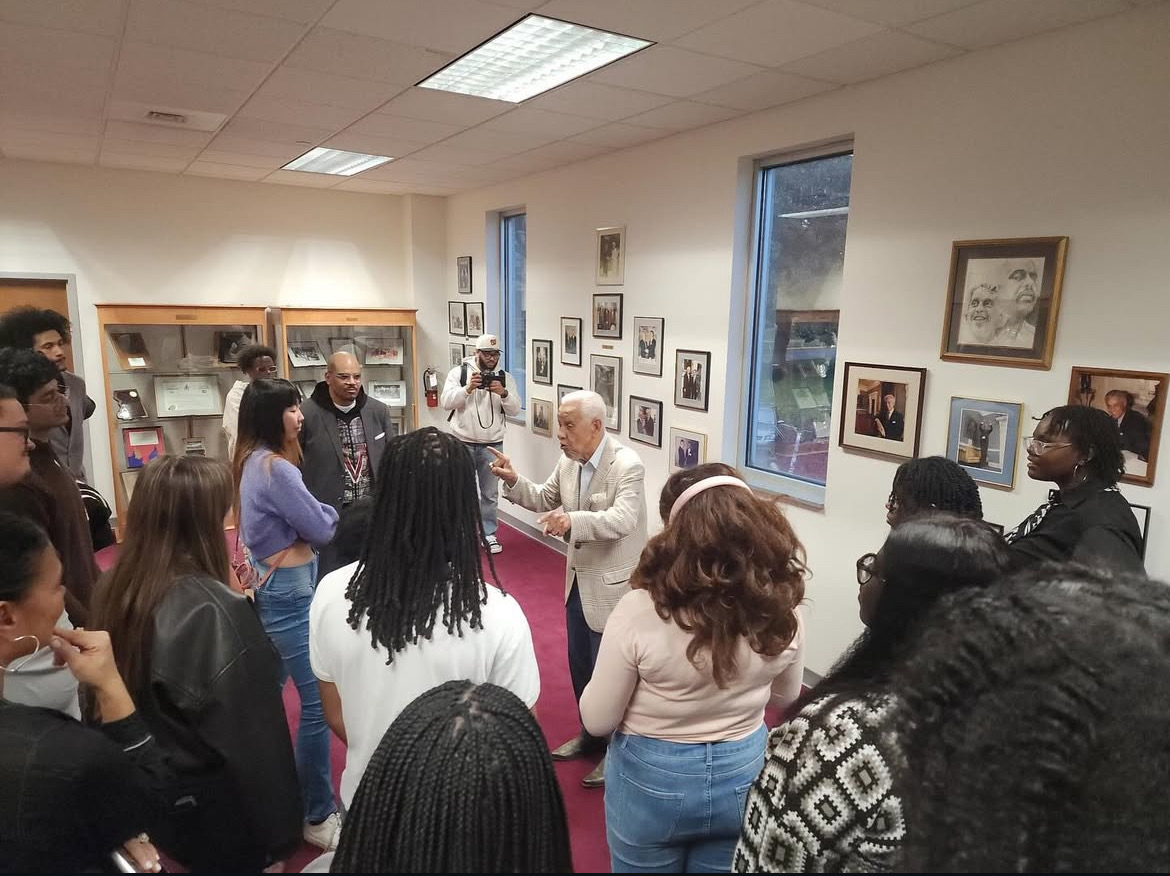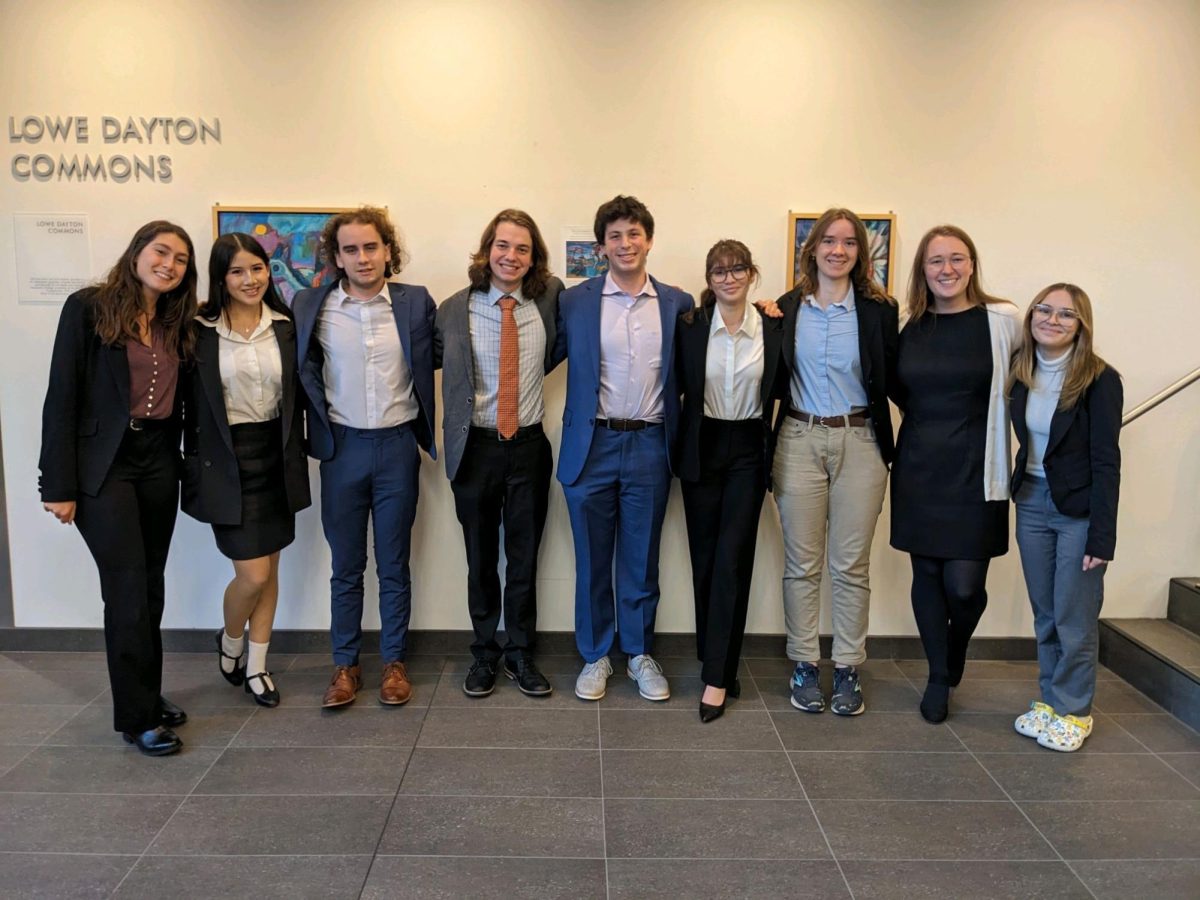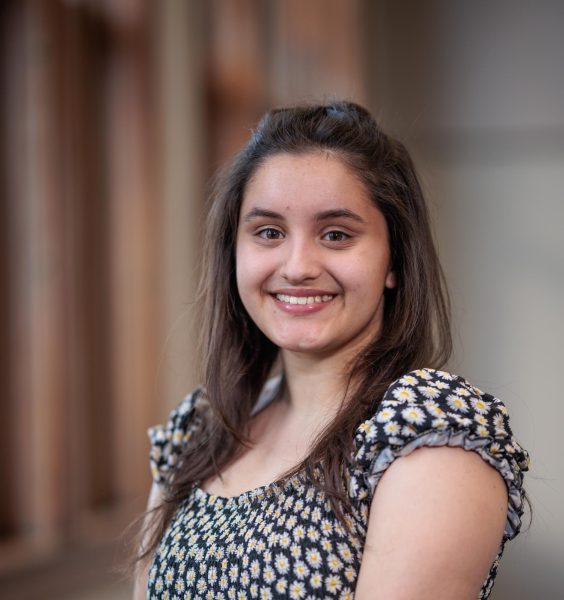Last weekend on Oct. 28 and 29, Carleton’s mock trial team attended its first all-team tournament. For freshmen newly welcomed to the team, this tournament was their first taste of college-level Mock Trial — and, for some, Mock Trial at all. Returning members already competed at University of Minnesota Nordic Undergraduate Mock Trial Battle (UMNUMB) from Oct. 13 to 15 this fall. But last weekend marked a noteworthy tournament: competing as a full team, roles had to be redistributed, new material was drafted, and everyone — freshmen and returners alike — had to prepare substantially for a successful tournament.
As implied by the name, mock trial is an activity in which students act out a fake case in court. The case changes each year, and is released by the American Mock Trial Association (AMTA) at the end of each summer. The cases are not taken from real life examples; rather, they are complete works of fiction crafted by a team of lawyers and writers, set in the fictional state of Midlands. Mock trial is a competitive environment which reflects real court activity as much as possible, and is meant to prepare participants in the areas of public speaking, court procedures and professionalism. That said, a significant portion of Mock Trial is performance. As countless judges have shared, it is 90% about confidence and 10% about actual case theory. Justin Rodriguez ’27, a freshman on the Carleton mock trial team, reflected on this aspect of the Mock trial, sharing that, “I really enjoy finding an activity that has a little bit of knowing frivolity, but everyone is willing to completely buy in.”
There was a mixture of nerves and excitement for Carleton’s mock trial team before the tournament. Sophia Jazaeri ’27 expressed how they were “terrified before! More scared than I’ve been in a long time.” Joining the team with no previous mock trial experience, Jazaeri was not only experiencing their first college mock trial tournament, but their first mock trial tournament ever. But what surprised them the most wasn’t the court procedures or courtroom jargon: “The team surprised me by being kind and supportive no matter what. The main takeaway for me is that these things don’t need to be terrifying. My team loves me. I love my team. I can rely on them.”
Rodriguez, who had some familiarity with mock trial before college, commented that “the flow and content of the trial was not new to me, as I did this in high school, but coming to see just how much more improvisation is required was eye-opening.”
The current trial centers around an art heist. The pivotal characters are Berkeley F. De la Porta, a multimillionaire philanthropist and art lover; and Poe Cameron, a 20-year-old between jobs whose sibling has had many documented infractions with the law. What transpired before the night of the crime depends on who you ask — that’s what this trial is here to determine, after all — but there are a few known facts.
Fact number one: the Sohi Children’s Hospital threw a Halloween Gala on Oct. 31 in the Miller Tower; this was a fundraising auction for the uppercrust set to raise $1.2 million in donations for a new hospital wing.
Fact number two: the gala was robbed of priceless artworks and historical artifacts, including three paintings by Berthe Morisot: one owned by Berkeley De la Porta and two owned by Bancroft Estates.
Fact number three: De la Porta was later found in possession of these three Morisot paintings — paintings which they had publicly been after for years, although their owners wouldn’t sell.
Fact number four: Emory Sands, the security director of Miller Tower, was badly beaten into a two-week coma by the robbers on Oct. 31.
After that, things get fuzzy and hearsay abounds. Did De la Porta, as a member of the gala’s planning committee, orchestrate a plan to have the Morisot paintings stolen because Bancroft Estate refused to sell them? Is the fact that De la Porta runs a multi-million dollar security company that installed the vault which the paintings were stolen from relevant? Was Cameron one of the robbers at Miller Tower on Halloween? Was Cameron forced to commit a crime by an abusive older sibling? Can we trust the witnesses brought to the stand, and, if so, which ones?
The trial is unique in that it has two possible defendants. This year, the prosecution gets to decide who they are prosecuting, either de la Porta or Cameron. This means that the defense must be doubly prepared. The defense finds out who they will be defending 30 minutes before the trial begins, so they must prepare to defend both de la Porta and Cameron. At a tournament, there are four rounds, meaning each team will play both the prosecution and defense twice. Each round lasts about three hours, depending on how long the objection battles last and if the judges have any comments to share with the teams afterwards. As Carleton has two competing teams, this means Carleton competes in eight rounds total in a weekend.
Understanding the roles of witnesses and attorneys is integral in understanding the world of college level mock trial. There are multiple types of witnesses: character witnesses, expert witnesses and quasi-expert witnesses. Character witnesses typically witnessed an event tied to the crime — or at least an event that either the prosecution or defense is trying to tie to the crime. Those who play character witnesses typically emphasize a likable, memorable and most importantly, a trustworthy personality in their portrayal of the character and can often be quite comical. Expert witnesses are professionals in their field and come to court prepared to educate the jury on the case’s scientific context. This year, the expert witnesses are M. Nguyen, (a forensic scientist, former lab director and former detective in the fictional state of Midlands), and Amarii Ebi (a certified DNA analyst with a bachelor’s degree in microbiology). Quasi-expert witnesses, such as a detective or police officer, lay somewhere in between, although they emphasize professionalism over comedy in their portrayal.
Attorneys are the ones who bolt up out of their chair and boldly say, “Objection, your honor, may I be heard?” When an attorney objects, their goal is to have a witness’ testimony stricken from the record, or in other words, no longer taken into consideration by the jury. There are many (many!) objections that an attorney can make, ranging from hearsay — which is an out-of-court statement offered to prove the truth of the matter — to improper expert opinion — which asserts that a witness is providing testimony that would require expert knowledge but hasn’t proven to the court that they are, in fact, an expert. In response, the presiding judge will either sustain or overrule the objection, and the trial moves on.
Jazaeri reflected on the witness perspective of these objection battles, saying, “the tournament was strange but also exhilarating, and something shocking happened in every round. Nothing can prepare you for sitting on that witness stand and having people argue in front of you over what you just said.”
Beyond objections, attorneys directly examine their witness and cross-examine opposing witnesses. Each attorney is paired with a witness on their team with whom they work to draft a direct examination, which is a formal Q&A performed in front of the judges meant to share the witness’s perspective with the jury. Then, an attorney from the opposing team gets to question the witness through a process known as cross-examination, attempting to get the witness to share information from their affidavit that harms the witness’s team’s argument. Attorneys also perform opening and closing statements, where each team sums up their argument and ties all the evidence and details introduced during court together.
While one judge reported having been “asked in off the street” to serve as a judge for the tournament, all judges were seasoned in mock trial, either being Macalester mock trial team coaches or veteran mock trial judges with real-life legal experience. Two people serve as judges for each trial. There is a presiding judge, who responds to objections and engages with the attorneys, and a scoring judge, who silently observes the trial. Both judges evaluate the students’ performances and overall team’s performance by filling out a ballot which contains written comments and numerical scores.
As Carleton’s mock trial team prepares for another tournament this coming weekend, Nov. 3-5, they will use the lessons learned from their October tournament to heighten their performance and continue building team camaraderie.













